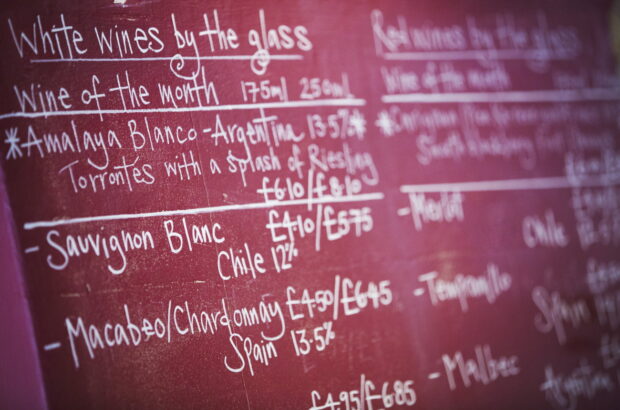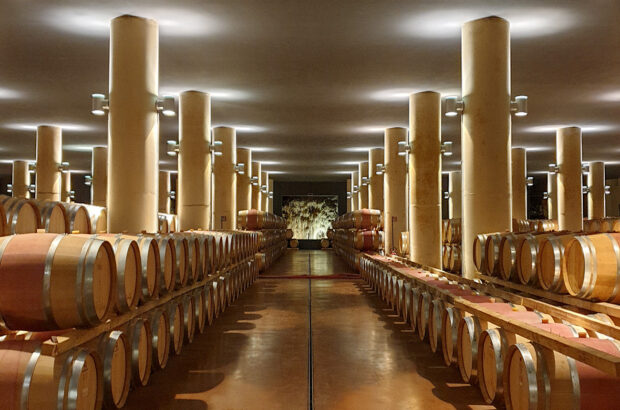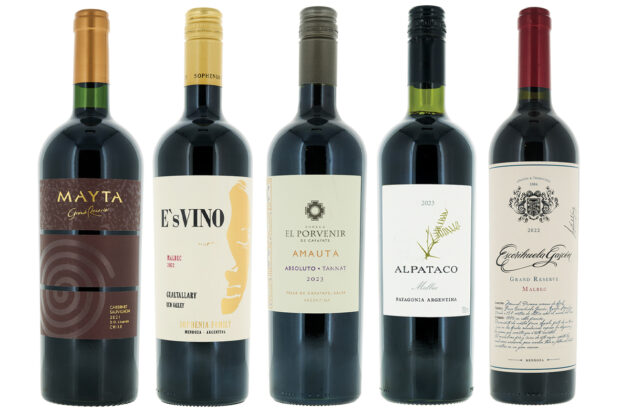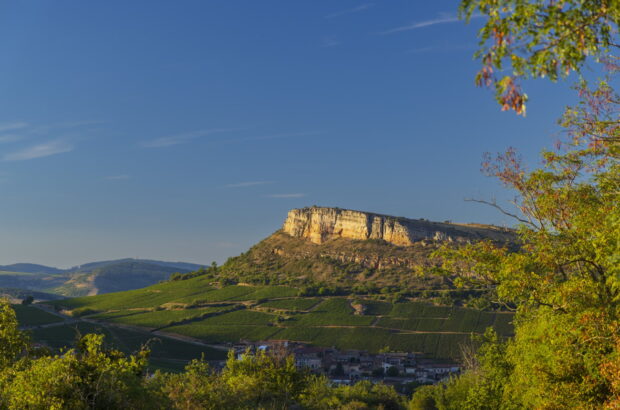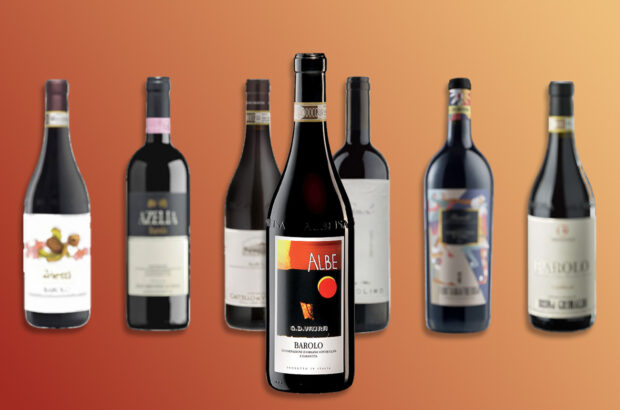Read part two of William Kelley's tasting report on the California Cabernet 2013 vintage, in which he looks at wines rated 97-100 points in a vintage set to live long in the memory for the right reasons.
2013 California Cabernet Sauvignon
The vintage’s balmy conditions also offered almost unparalleled opportunities for intentional excess: winemakers could wait to harvest as long as they liked, exploring the extremes of ripeness in an attempt to tame the year’s intimidating tannins. After talk in the press about a movement to ‘rein in ripeness’—an idea inculcated by the limitations which the cool 2010 and 2011 vintages imposed on growers and winemakers—2012 and now 2013 are a resounding corrective; proof that the demise of high-octane Cabernet has been much exaggerated.
For now, the savoury complexity that distinguishes the 2013 vintage occludes many of the signatures of over-ripeness, but a surprising number of seemingly-successful wines began to reveal a pruney, raisined—even oxidative—character when they were re-tasted 36 hours after opening. This bodes ill for their evolution in bottle, and it is clear that the year’s extraordinary potential to create age-worthy wines which will gain nuance in the cellar was not universally realised.
Another potential pitfall lay in the vintage’s tannic concentration itself, a quality which required careful management in the winery: over-extraction was a very real danger, and—as with ripening—the real challenge in 2013 was knowing when to stop. ‘It would be easy to have taken things too far in 2013’, reflects Mike Dunn, whose vineyards high on Howell Mountain produce firm, amply structured wines even in lighter-styled vintages.
- Scroll down to see the wines scoring 97 – 100 points
Still more importantly, the disposition of the vintage to produce deep, tannic and savoury wines was fundamentally at odds with many producers’ desire to craft supple, immediately appealing wines of almost confectionary sweetness. Whereas the 2012 vintage lent itself to that style, 2013 did not.
There are ways, however, to force a square peg into a round hole, and the precipitous decline of several bottles of 2013 Cabernet Sauvignon a short time after opening may have something to do with winemaking practices (such as extended post-fermentation maceration and micro-oxygenation) intended to soften tannins, making wines more approachable in their youth.
So although the historic quality of the 2013 vintage is not in question, it is important to observe that the year was something of a high-wire act, at which not all producers enjoyed equal success; a fact that is in danger of being missed amidst the exuberant and unqualified enthusiasm with which this undeniably great year has already been received. A rising tide, in other words, did not lift all boats.
Most of the 2013 Cabernet Sauvignons, moreover, will be expensive. Producers across California, and above all in Napa Valley, have taken a widely-acclaimed vintage as the cue to increase already lofty prices. What’s more, keenly-priced, drinkable, everyday wines continue to be deplorably hard to find; for although plenty of Cabernet producers aspire to challenge the Bordeaux first growths, few attempt to rival the Crus Bourgeois.
The vintage’s many successes, however, will take a decade or more to unfold in the cellar and possess all the materials for extraordinary longevity and complexity. The best are truly wines for the ages, elevated to a rarefied level by their depth and savoury structure. And by and large, those who aspired to produce such wines enjoyed the greatest success.



